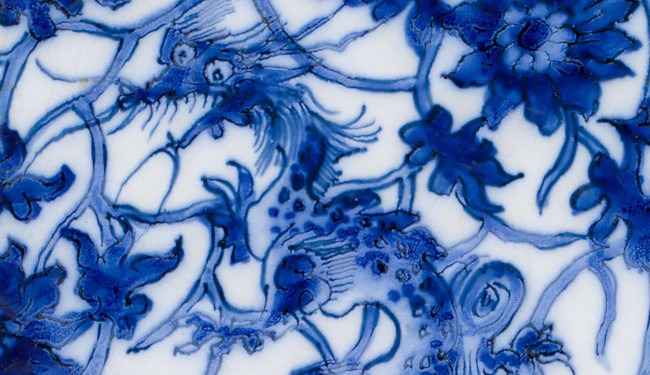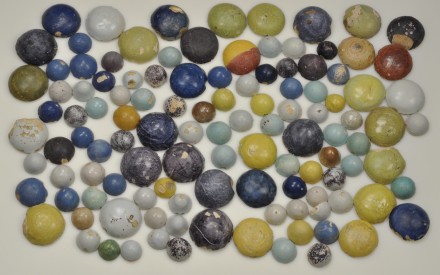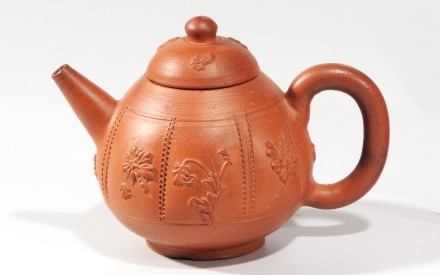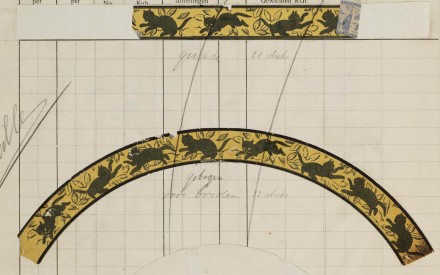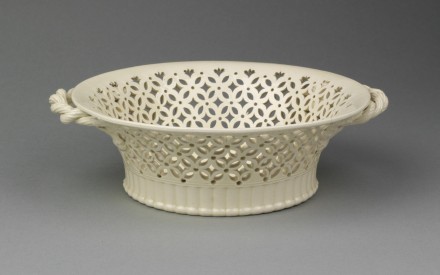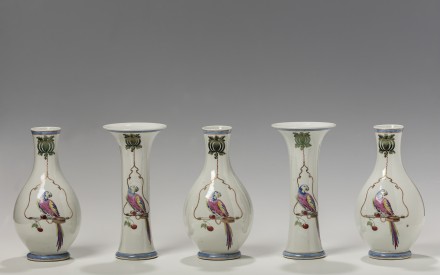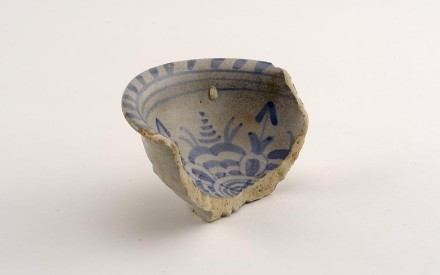At first glance, Delftware might look like Chinese porcelain. In this video, curator Suzanne Klüver explains how to tell porcelain and earthenware apart. She also considers a number of other typical features of Delftware.
Is Delftware the same as porcelain?
Earthenware and porcelain are both types of ceramic, but they are different. Chinese porcelain is naturally white, and the blue decoration is painted on. If you look at a cross-section of a porcelain plate, it will be white all the way through.
The clay used to make Delfware is beige, buff or pinkish in colour. To make it look like Chinese porcelain, an opaque layer of white glaze had to be applied, after which the object would be decorated. Delftware can therefore be recognised in cross-section by the fact that the clay is not white under the glaze.
It is incidentally important not to confuse Delftware and porcelain with English creamware: cream-coloured earthenware with a transparent glaze.
Does Delftware have other distinctive features?
Since the glaze is harder than the earthenware beneath, Delftware chips quite easily, often on the rim. This exposes the clay beneath the glaze.
Small indentations on the back of the object are another good indication. Delftware was fired in saggars. Plates would be separated inside the saggar during the firing process using pegs which would leave behind small impressions or slight damage to the glaze.
What if the material cannot easily be examined?
If an object has no chips or damage, it is difficult to establish on the basis of the material if it is genuine Delftware. In that case, it is useful to consider the marks and decoration on the object.

